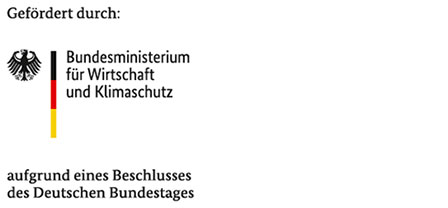


Dental implantology is a growing market. The industry network Aegis Communications has forecast annual growth rates of 7.5 to 9.3 %. As patients become increasingly aware of health and esthetics and more dentists start to offer them, implants are becoming more popular and readily available.
In a joint project with implant manufacturer Moje Keramik-Implantate GmbH & Co KG. and the engineering company ILMCAD – Ingenieurbüro Ilmenau GmbH, Fraunhofer IKTS researchers are attempting to develop a technology for manufacturing thin-walled abutments (the connecting part between dental implant and prosthetic restoration) made of yttria-stabilized zirconia (TZ3Y). This ceramic material has many advantages: It is biocompatible, allows only minimal plaque build-up, has a low thermal conductivity and is esthetically pleasing due to the good soft tissue attachment. In addition, no health hazards from allergic reactions have to be expected.
The project partner Moje Keramik-Implantate specified the design of the implants. The aim was to achieve a dimensional accuracy of 12 μm. Two molding processes were used: slip casting and injection molding. Previously, the project partner used to manufacture abutments through milling from uniaxial, pressed blanks. This resulted in high reject rates and material waste. Parts close to the final shape were produced by slip casting and subsequently postprocessed at the project partner’s site. Several injection molding compounds from different manufacturers were tested. Further investigations were carried out with the preferred compound and an injection mold was built for the thin-walled abutments, taking shrinkage into account. Process parameters, such as mold temperature, injection speed and injection pressure, were optimized. The green density of the parts produced by slip casting was 60 % of the theoretical density.
The abutments were densely sintered at 1350 °C. Imaging analysis of the microstructures showed a mean grain size of 210 nm. The injection-molded parts were sintered at 1450 °C. The grain size was 340 nm in the microstructure of the ceramic. The difference in grain size impacts the hydrothermal aging of the TZ3Y ceramic, which took place at 134 °C, 2 bar and 50 h and was investigated using X-ray phase analysis. No phase transformations take place in the yttria-stabilized zirconia produced with slip casting. In the injection-molded parts, the undesirable monoclinic phase is formed to a small extent. The four-point bending strength (EN 843-1) for the slip-cast ceramic was 1070 MPa with a Weibull m of 19, and for injection molding 1059 MPa with a Weibull m of 9.
Both molding processes were able to achieve the required dimensional accuracy of 12 μm. The injection molding process has the advantage that it does not require any post-processing, so that as a result of the project, the injection molding technology was introduced at Moje Keramik-Implantate, with advisory support from Fraunhofer IKTS.
We would like to thank the German Federal Ministry for Economic Affairs and Climate Action (BMWK) for funding the project within the framework of the “Central Innovation Program for SMEs”.
